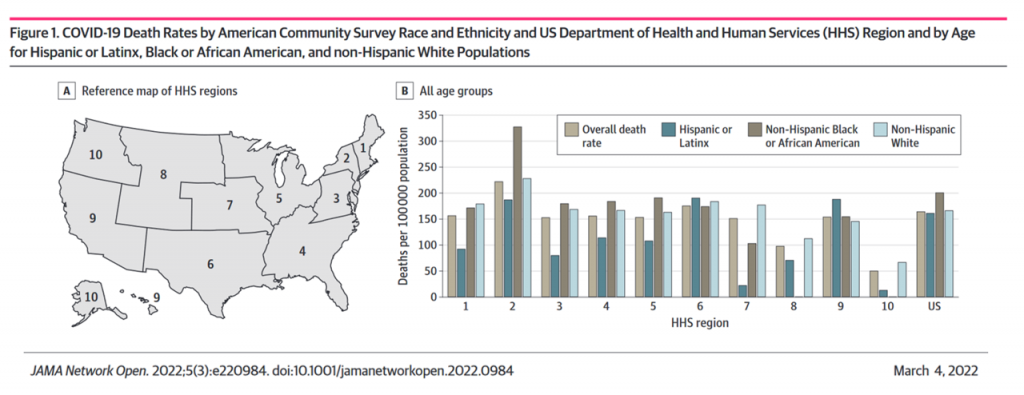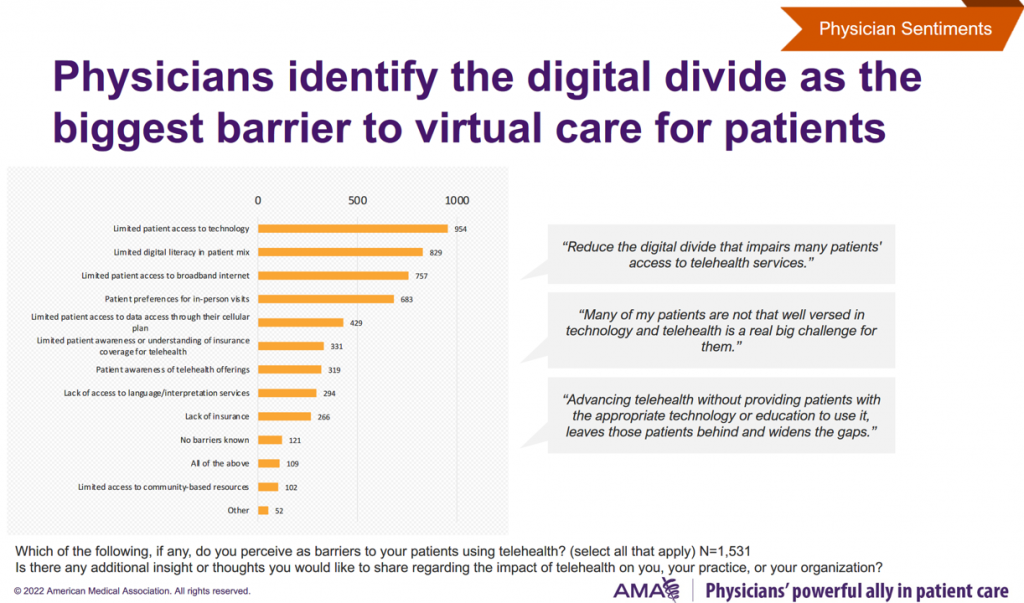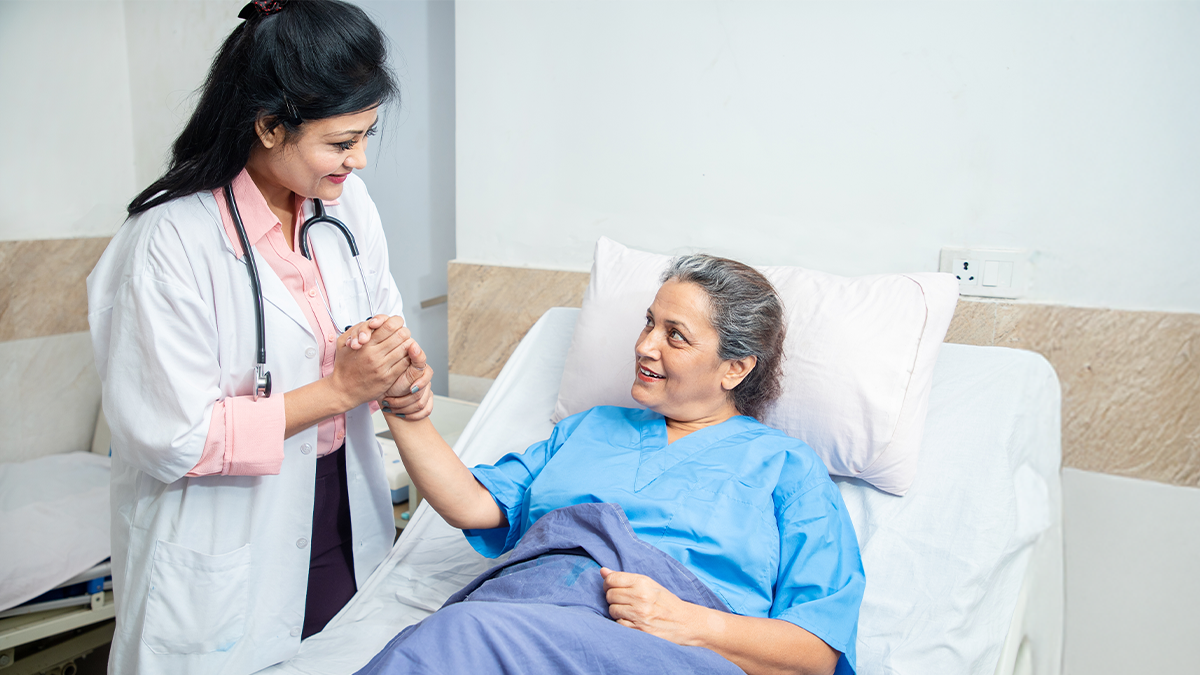[ad_1]
Entry to the Online has been a critical determinant of health and fitness — or additional aptly, loss of life — in the course of the COVID-19 pandemic.
People lacked Online entry have been additional most likely to die because of to issues from the coronavirus, in accordance to a examine revealed in JAMA Community Open this month.
 The study’s vital finding was that for each more 1% of men and women living in a county who have obtain to the World wide web, between 2.4 and 6. COVID-19 fatalities for every 100,000 were preventable.
The study’s vital finding was that for each more 1% of men and women living in a county who have obtain to the World wide web, between 2.4 and 6. COVID-19 fatalities for every 100,000 were preventable.
The paper asserts that,
“More consciousness is needed about the critical asset of technological access to trustworthy facts, distant perform, schooling opportunities, source paying for and/or social neighborhood.”
The scientists utilised spatial examination to investigate disproportionate mortality results for COVID-19 professional by distinct racial and ethnic groups: evaluating in general loss of life premiums with all those of Hispanic or Latinx, Non-Hispanic Black or African-American, and Non-Hispanic White populations.
Underneath the all round statistic of 2.4 to 6. preventable fatalities, there had been nuances for unique social determinants of overall health and racial and spatial disparities located in the research especially pointing to dwelling in rural compared to urban or suburban communities.
In urban spots: Internet accessibility and the so-known as “mixed immigrant cohesion and accessibility index” contributed to mortality distinctions. Housing difficulties ended up connected with better COVID-19 incidence and mortality. This extra straight impacted counties with a increased proportion of Hispanic and Latinx men and women in comparison with other urban geographies. In addition, these counties also experienced a better share of doing the job-age people today missing wellness insurance plan.
In suburban areas: Larger COVID-19 death costs were associated with increased poverty prices and older older people and men and women with disabilities who experienced decreased costs of mobility.
In rural areas: Greater COVID-19 mortality was associated with reduce entry to top quality wellness care companies (imagine: long distances and absence of transportation choices to travel to health and fitness care suppliers).
Internet access was a major component in COVID-19 mortality across all three local community types, which the scientists notice must prompt us to take into consideration the “essential asset of technological obtain to reputable details, remote work, education possibilities, resource obtaining, and/or social neighborhood.”
 Well being Populi’s Warm Factors: The American Medical Affiliation polled medical professionals in late 2021 to gauge doctors’ perspectives on telehealth. The report lays out physicians’ the greater part assistance for telehealth and important troubles stopping more adoption and proliferation of use throughout the U.S.
Well being Populi’s Warm Factors: The American Medical Affiliation polled medical professionals in late 2021 to gauge doctors’ perspectives on telehealth. The report lays out physicians’ the greater part assistance for telehealth and important troubles stopping more adoption and proliferation of use throughout the U.S.
Important to universal adoption of telehealth are reimbursement and regulatory coverage (these kinds of as waivers and decreasing licensure hurdles).
Upcoming in line of barriers are patients’ problems with technologies, pointed out in the graphic demonstrated here from the report.
The most tough facets for patients’ digital divide are their obtain to engineering, constrained digital literacy, and restricted broadband accessibility.
This speaks to the worth of connecting the dots amongst broadband availability enabling folks and sufferers to join to the Net, coupled with on that desire side, health citizens recognize just how to use digital systems at the platform stage of typical use to how to access a telehealth “digital front door” for a medical visit.
As 1 of the medical professionals quoted told the AMA, “Advancing telehealth without the need of providing clients with the suitable technological innovation or training to use it, leave those people sufferers at the rear of and widens the gaps.”
With each other, the JAMA Community Open up investigation paper and AMA health practitioner study notify us with handy insights to near that wellness treatment digital divide which could make a major distinction in between some patients’ lives as opposed to their demise.
[ad_2]
Resource url



:quality(80))


